Maus Contemporary
NICO MUNUERA
Fanum Naturae | almost only blue
In 1460 the shõgun Ashikaga Yoshimasa planned the construction of a pavilion surrounded by a large garden to serve as his retreat; a place dedicated to the interiorization and perception of beauty, where man's relationship with nature would be one of veneration and gratitude. This construction was supposed to be covered in silver, thus emulating another temple built years ago by his grandfather, which was informally known as the Temple of the Golden Pavilion, or Golden Pavilion. But due to various conflicts of the time, and despite the building having been completed, it was never covered in silver as initially planned. Today it is a Buddhist temple with its wooden construction totally exposed. There is no hint of the initial intention of being wrapped in silver. However, since the Edo Period it is known as Ginkaku which means "Silver Pavilion”.
A few months ago, I started a series of works focused on silver pigment, motivated by the mental image of this temple surrounded by an oriental garden. I imagined the fluidity of silver dressing a beautiful construction in the middle of an environment designed for enjoyment, meditation and communion with nature. I just started painting, like so many other times. In the process of which I learned of the characteristics of silver on canvas and its behavior, other pigments began to bloom. Secondary nuances that had more and more prominence. And so, when the weeks went, between all the nuances, the blue showed up.
To be honest, I have always tried to avoid blue. The reason has been none other than a personal prejudice derived from a simplistic reading of the painting. The relationship of fluidity and the color blue, provoke a first perception of the seascape and the sky that I have always wanted to prevent. A sight of the sea, on the other hand, outside the studio - I have had it tattooed in my eyes for years.
On the island of Ibiza, from a very specific point, the observation of the inexhaustible tremulation of the sea, has become my particular tantra. A meditation established in the vision of the minimum, a minimum in constant movement. A place, where the succession of consecutive moments impossible to retain, invites reason to flourish the certainty of the unattainable in a constant calm of uncertainty. A place where I find the pure awareness of time's shape.
Although my relationship with landscape seems obvious to many people, I identify myself more accurately with nature, a much more internal concept and mostly not visible to the naked eye. What we call landscape is, for me, an accumulation of innumerable elements interacting with each other creating a visible surface. This visual conglomerate is really made of multiple elements building themselves, individually and internally. Atmospheric, geological, and vegetal elements which don't constitute landscape by themselves in isolation. Starting from this very idea of nature, as a movement and internal construct, I try to make my painting, my movement on canvas and the flow of ink on paper, behave as one of those minimal elements that belong to the landscape. I try to meet with the painting as we both become one.
I don't have a concept of painting as a representation of an outer space. In my case, the act of painting is the place. A place of active interiorization. The impulse comes from an internal movement whose immediate consequence is an external physical manifestation. Something similar to sap, constantly flowing and pushing a plant, creating a visible outer shape.
In this period of time that I have called Fanum naturae | almost only blue, the process, as it usually happens in painting, becomes one of learning and encounter. Almost as if it were a face-to-face confrontation with an enemy who was always with me, the encounter with blue has appeared irretrievably. I also admit that in these paintings, my interest in thinking about the importance of water in my work has returned. A continuously present water, which I am aware of, constitutes all my painting.
This exhibition, after all, is nothing more than a sample of sectioned time. Fragments of time that have been lived in the studio, that somehow contain the intensity and lightness of a beauty that escapes from the hands and floats in an intuitive understanding. An intuition and succession of circumstances, which after a period of four years of absence, is able to emerge and define a singular period.
And so, it is, that a small painting that was isolated by its peculiar color somewhat different from all the others, now, it crosses an ocean and says, whispering, “almost only blue”.
— Nico Munuera
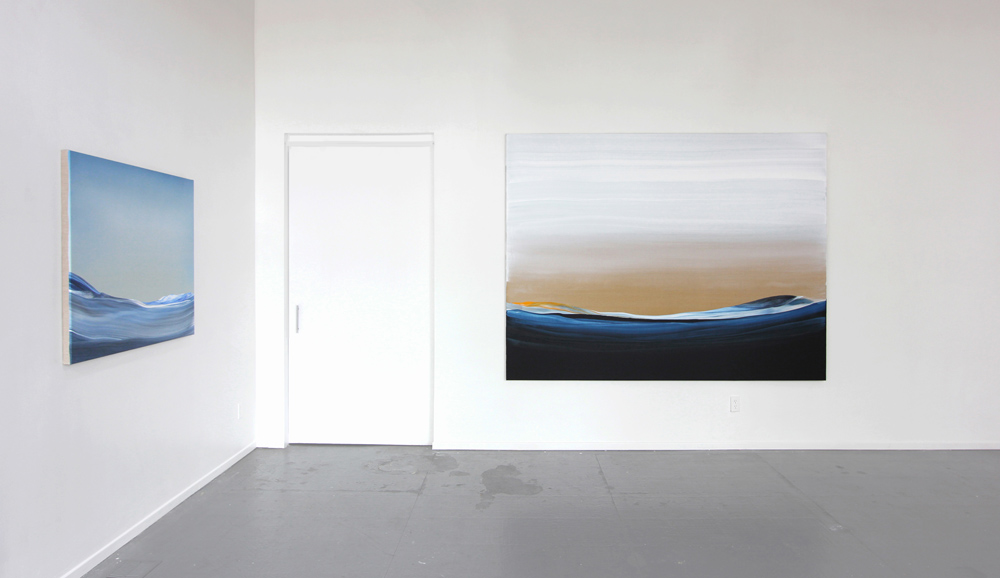 Nico Munuera "Fanum Naturae | casi solo azul" installation view
Nico Munuera "Fanum Naturae | casi solo azul" installation view
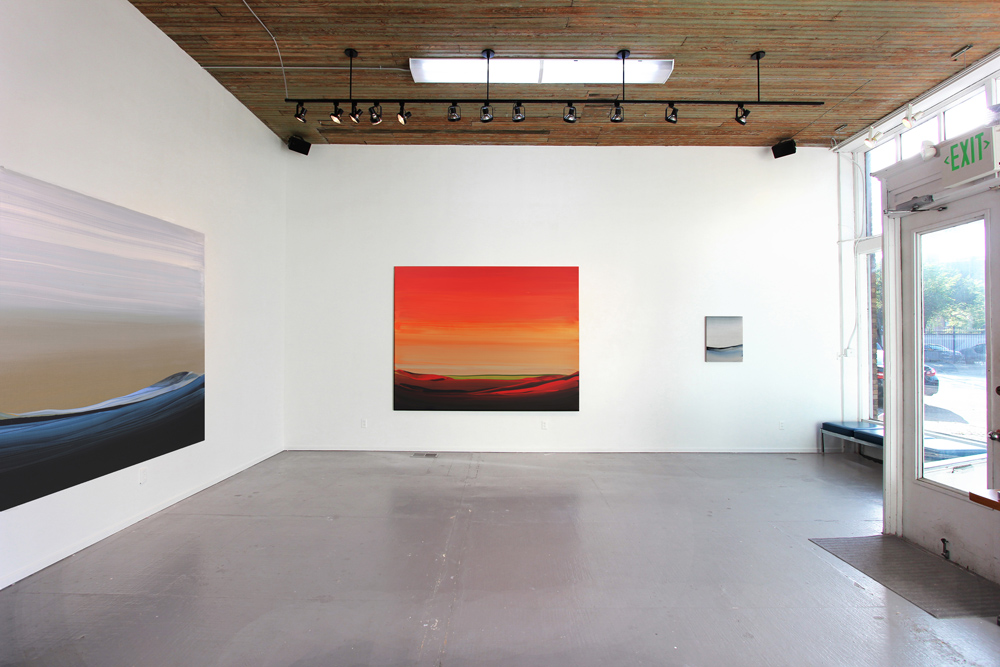 Nico Munuera "Fanum Naturae | casi solo azul" installation view
Nico Munuera "Fanum Naturae | casi solo azul" installation view
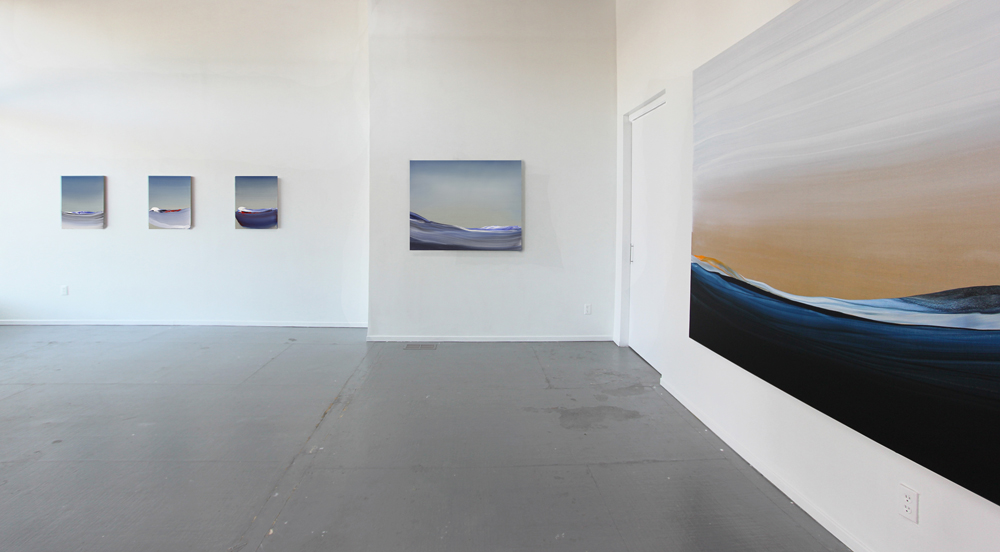 Nico Munuera "Fanum Naturae | casi solo azul" installation view
Nico Munuera "Fanum Naturae | casi solo azul" installation view
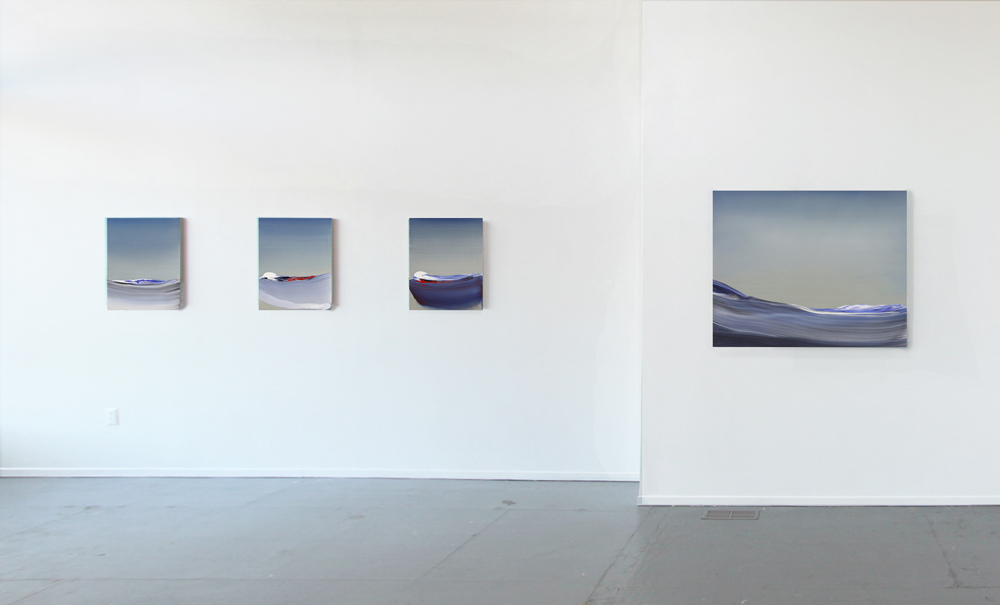 Nico Munuera "Fanum Naturae | casi solo azul" installation view
Nico Munuera "Fanum Naturae | casi solo azul" installation view
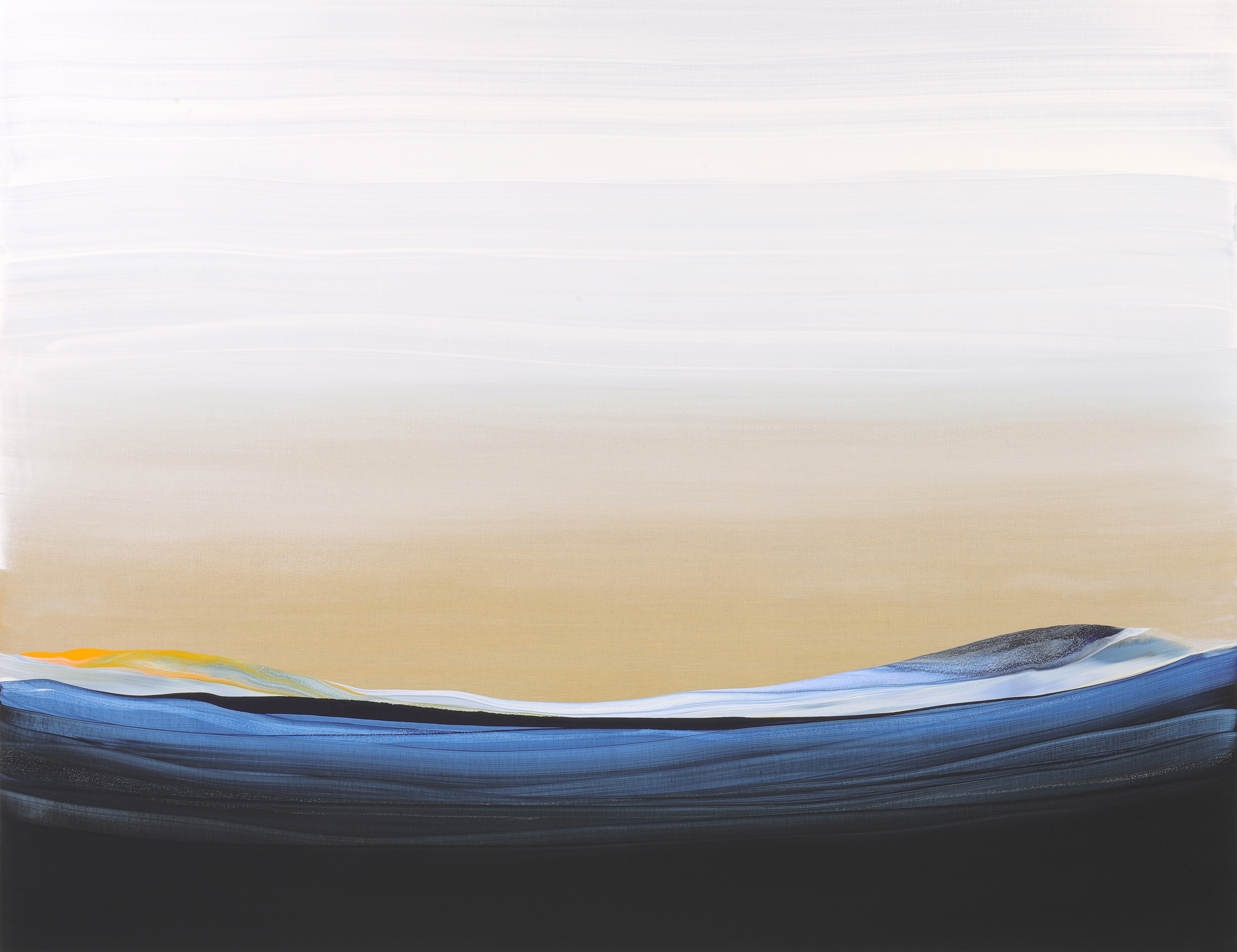 Nico Munuera "Suna Caerulea", 2022
Nico Munuera "Suna Caerulea", 2022
Nico Munuera
Suna Caerulea
2022
acrylic on linen
74.8 by 96.5 in. (190 by 245 cm)
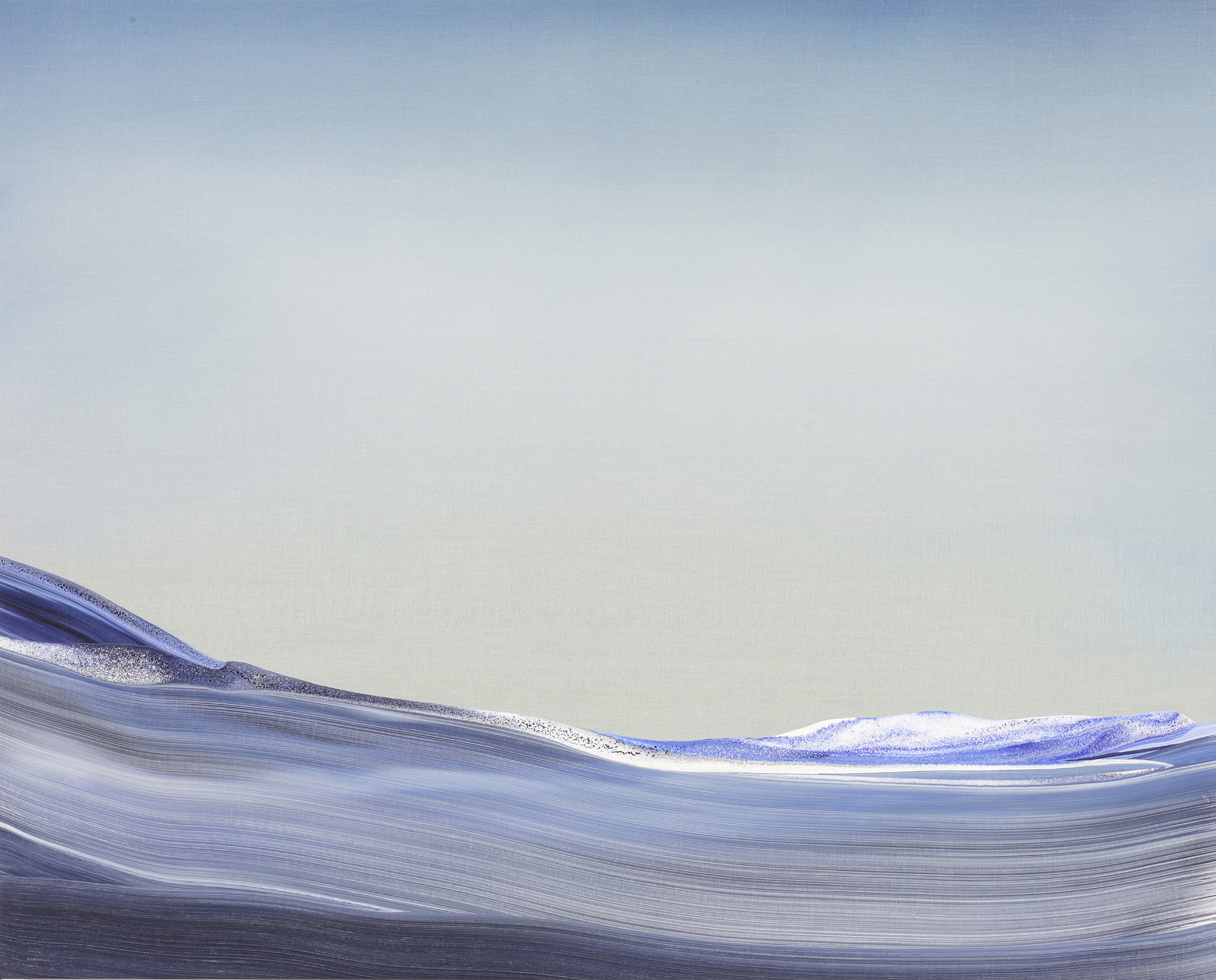 Nico Munuera "Suna Spumare V", 2022
Nico Munuera "Suna Spumare V", 2022
Nico Munuera
Suna Spumare V
2022
acrylic on linen
37.8 by 47.25 in. (96 by 120 cm)
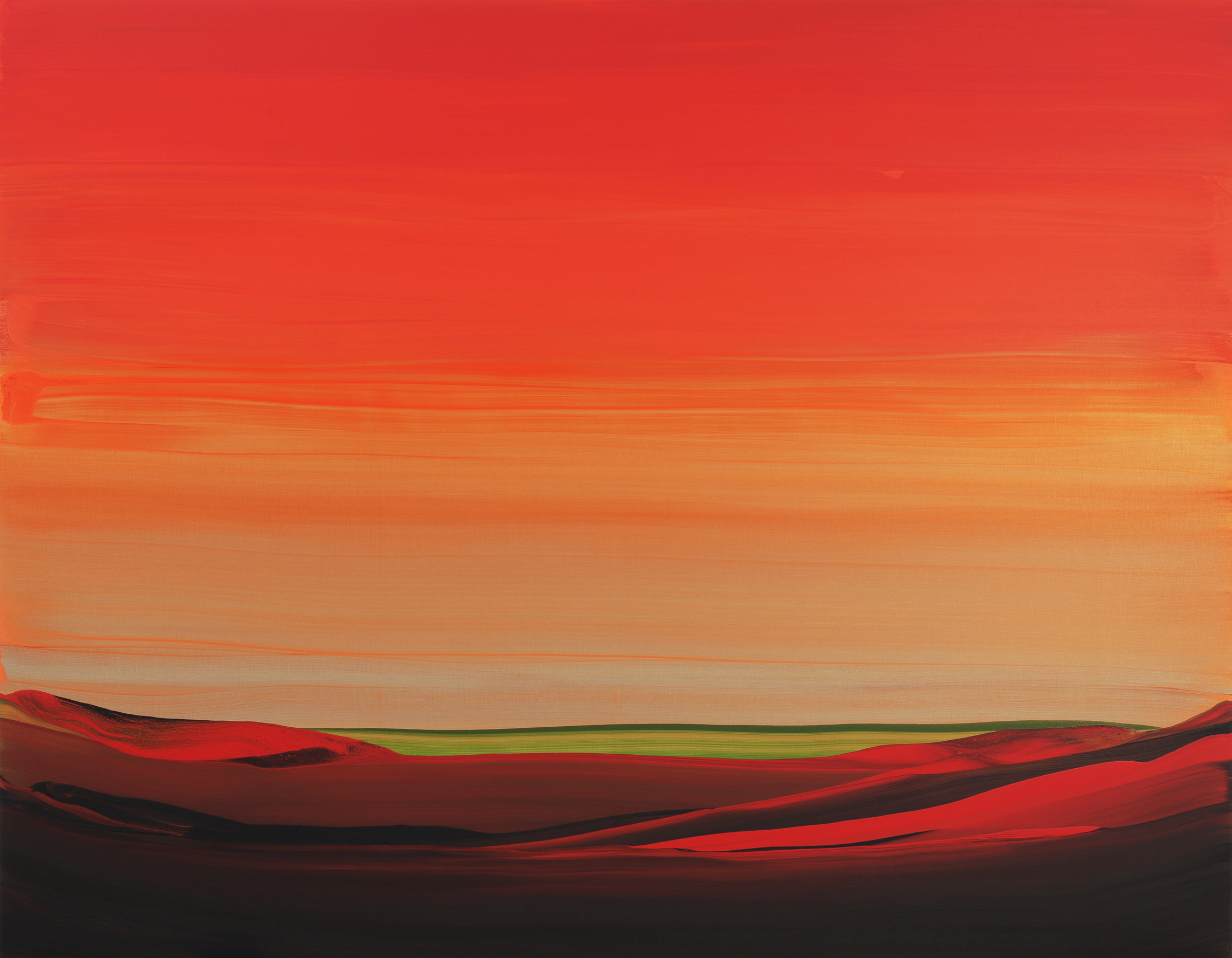 Nico Munuera "Redeo Rubrum Torii", 2022
Nico Munuera "Redeo Rubrum Torii", 2022
Nico Munuera
Redeo Rubrum Torii
2022
acrylic on linen
74.8 by 96.5 in. (190 by 245 cm)
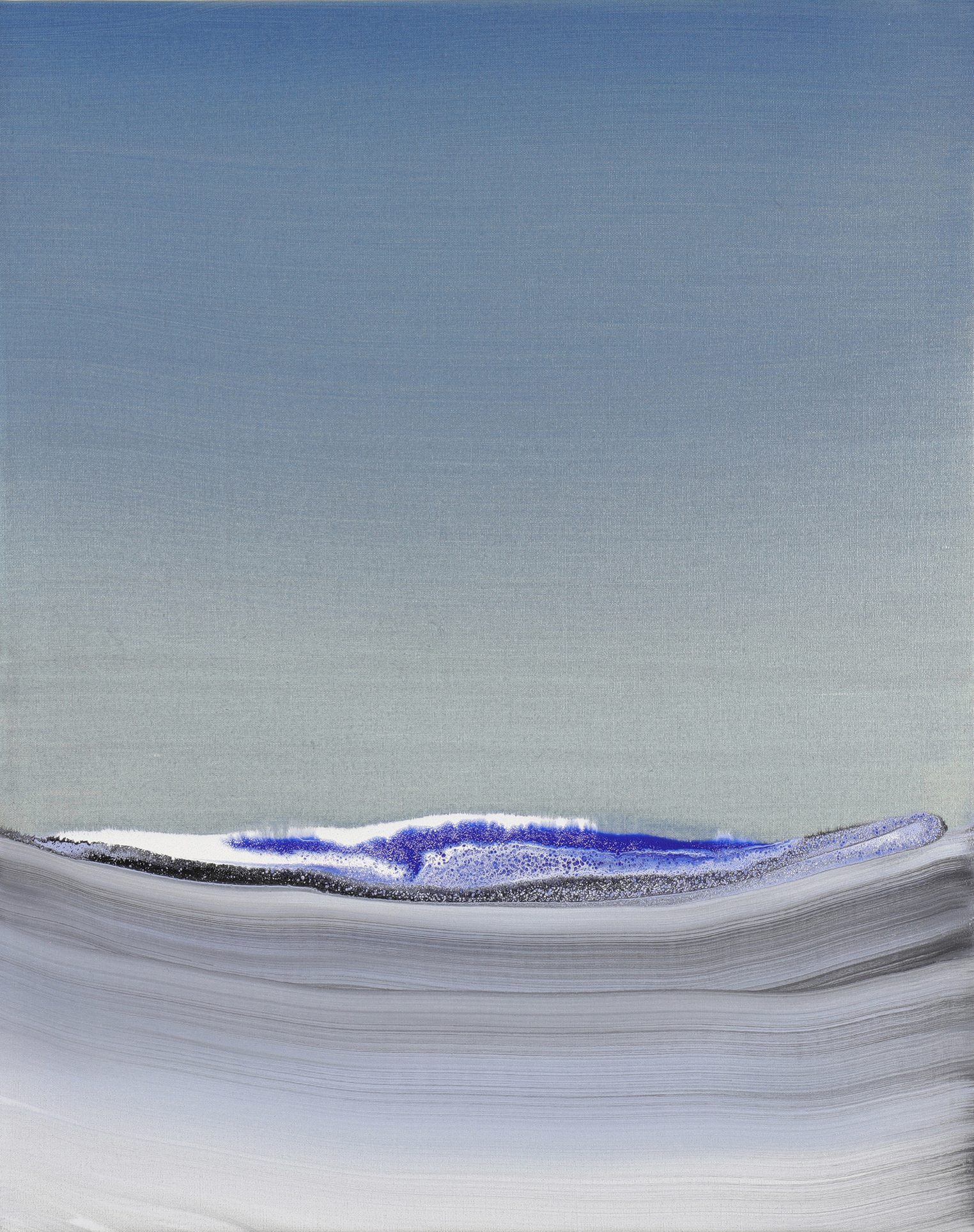 Nico Munuera Atramenta Nivis I"
Nico Munuera Atramenta Nivis I"
Nico Munuera
Atramenta Nivis I
2022
acrylic on linen
23.6 by 15.75 in. (60 by 40 cm)
private US collection
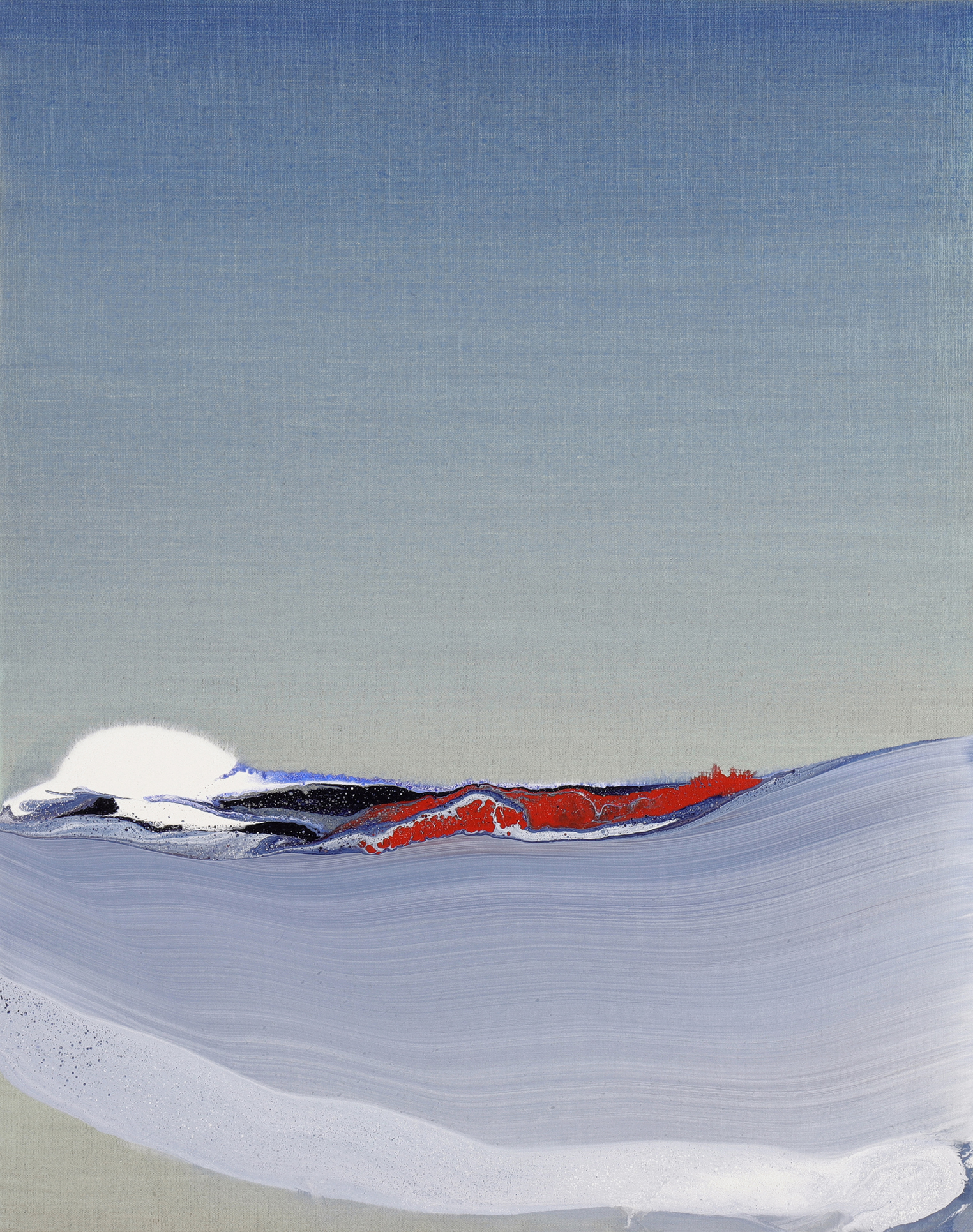 Nico Munuera "Atramenta Nivis II", 2022
Nico Munuera "Atramenta Nivis II", 2022
Nico Munuera
Atramenta Nivis II
2022
acrylic on linen
23.6 by 15.75 in. (60 by 40 cm)
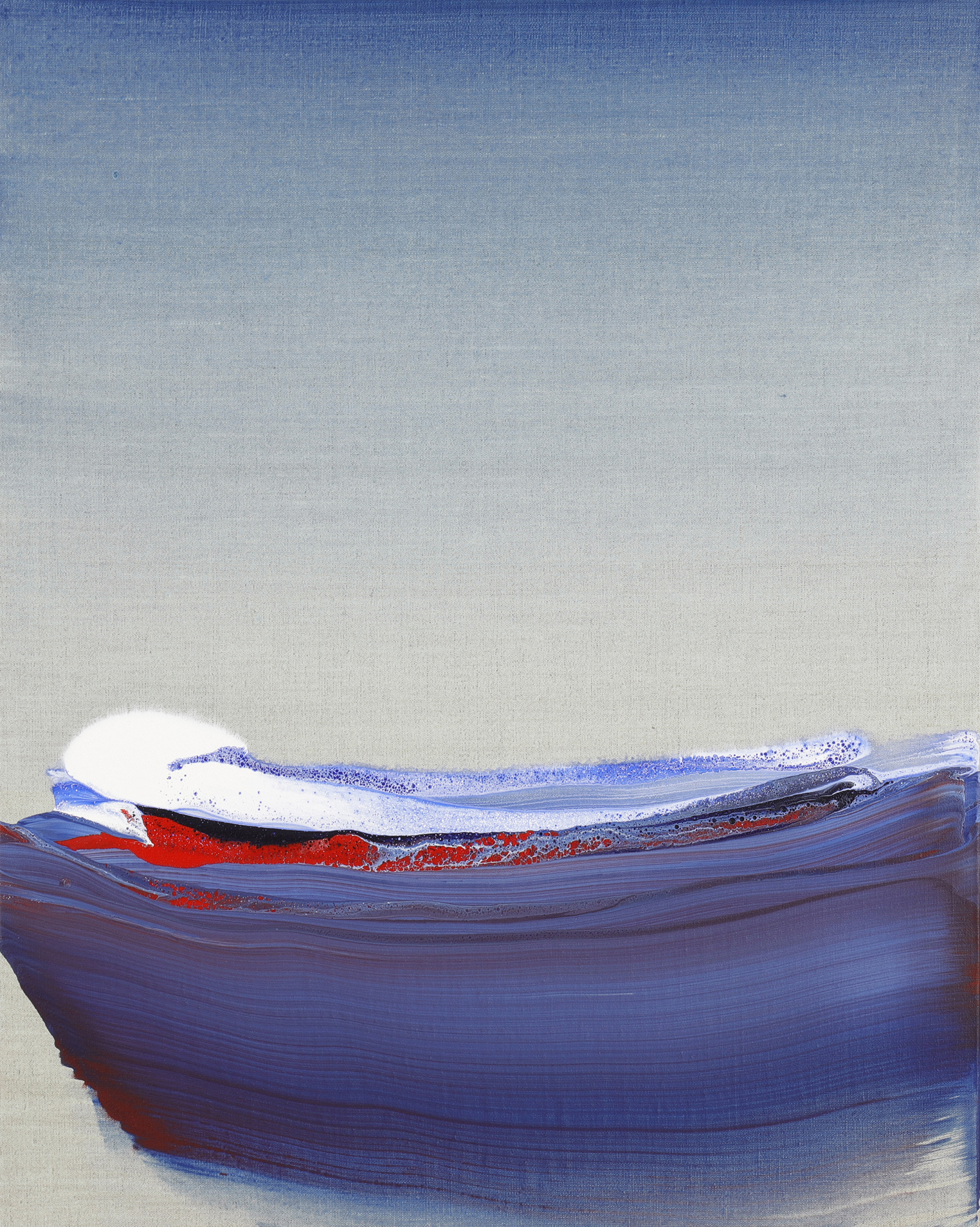 Nico Munuera "Atramenta Nivis III", 2022
Nico Munuera "Atramenta Nivis III", 2022
Nico Munuera
Atramenta Nivis III
2022
acrylic on linen
23.6 by 15.75 in. (60 by 40 cm)
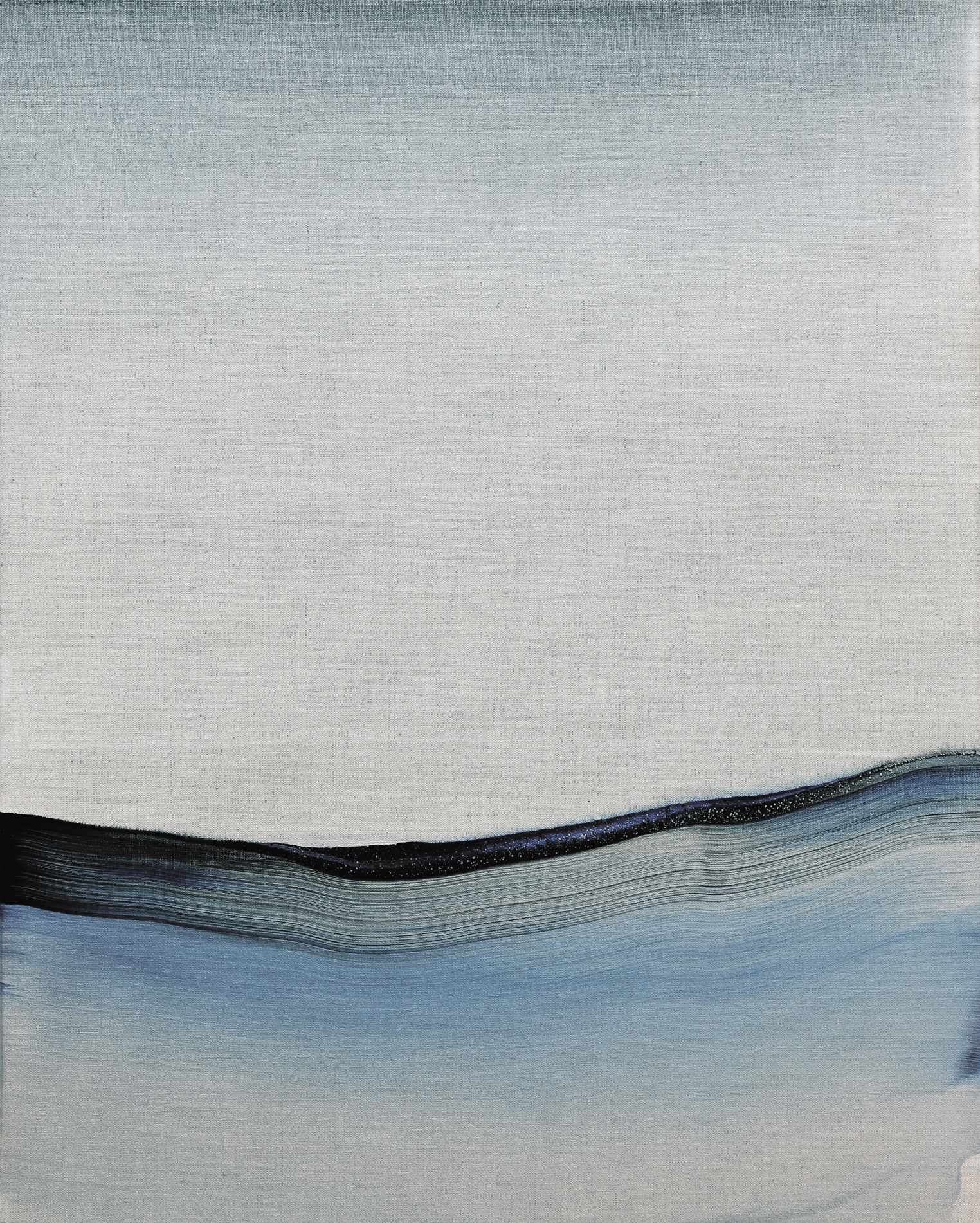 Nico Munuera "In the water mood IV", 2022
Nico Munuera "In the water mood IV", 2022
Nico Munuera
In the water mood IV
2022
acrylic on linen
23.6 by 15.75 in. (60 by 40 cm)
private US collection
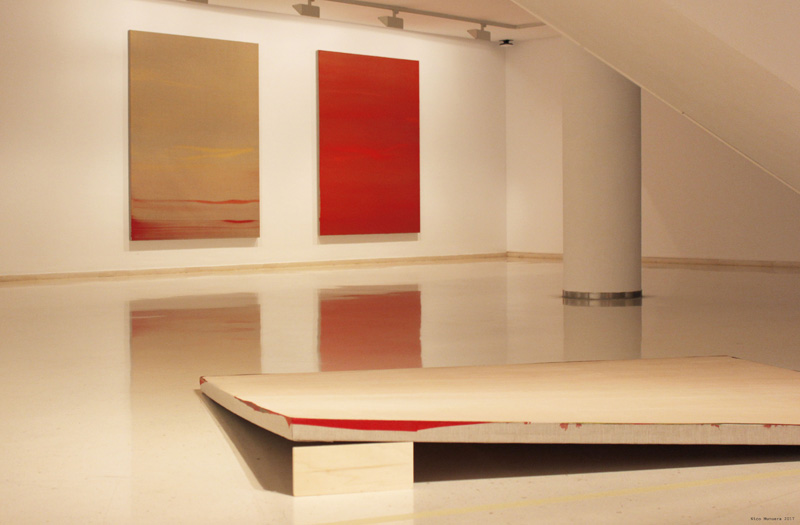 Nico Munuera "Praecisio" at IVAM, Institut Valencià d'Art Modern, October 19, 2017 - January 14, 2018
Nico Munuera "Praecisio" at IVAM, Institut Valencià d'Art Modern, October 19, 2017 - January 14, 2018
Nico Munuera (*1974, lives and works in Valencia, Spain) moved from Lorca to Valencia in 1993 to study Fine Arts at the Faculty of San Carlos, during which he was was the recipient of several awards. He has been included in exhibitions at various art galleries since 1998, as well as in national and international art fairs. In 2003 he moved to Paris thanks a scholarship from the College of Spain to continue research on his project, primarily based on color field painting, perception ability, and process. In 2004 he was chosen to collaborate and show with Spanish painter Joan Hernández Pijuan in the Relevos program - a series of three institutional exhibitions in Madrid, Murcia and Barcelona. In 2007 he moved to New York thanks a grant from the Casa Pintada Foundation to work on a project on Japanese paper, based on color, automatic movement, and gesture. From 2008 to 2012 he lived and worked in Berlin, exploring the ideas of time, limits, and uncertainty. During the same period, he participated in the exhibitions To paint or not to paint at the Museum of Fine Arts in Murcia (2009); and the exhibition Rational Abstraction. Aldrich / Loureiro / Munuera / Uslé at the Galician Center of Contemporary Art, CGAC, in Santiago de Compostela (2011).
Munuera's work has been exhibited in several international institutions in Geneva, Switzerland (at the Villa Bernasconi, in 2011); at the now defunct Gabarron Foundation-Carriage House Center for the Arts in New York, NY (2007); and at the Moscow Museum of Modern Art, MMOMA, in Moscow, Russia (2011). Noteworthy exhibitions are Stimmung (2014) at Proyecto Paralelo Gallery, Mexico City; and Frame Time (2014) at Veronicas in Murcia, Spain. Of particular importance for his career are the solo exhibitions No Flags (2008) and Boneless Island (2015), both at Max Estrella Gallery in Madrid, Spain. He was included in the exhibition terreno áspero | rugged terrain, five contemporary artists from Spain, at Maus Contemporary (2017).
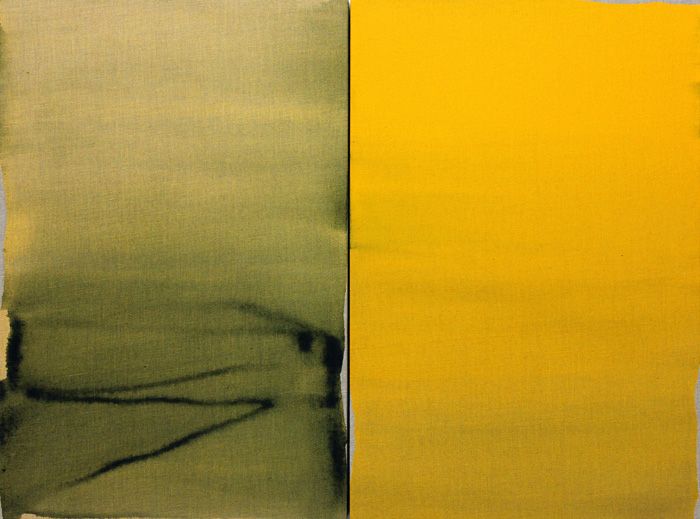 Nico Munuera "Inspicio duo II", 2017, acrylic on linen 60 by 80 cm (60 by 40cm each)
Nico Munuera "Inspicio duo II", 2017, acrylic on linen 60 by 80 cm (60 by 40cm each)
His work was recently the subject of a solo exhibition, titled Praecisio, at the Institut Valencià d'Art Modern, IVAM, in Valencia Spain, and is included in numerous private and institutional collections in Europe, including the AENA Foundation, the Barrié Foundation, the Belondrade Foundation, the Banco de España Collection, the La Caixa Foundation Testimoni, the Cajamadrid Collection, the Cajamurcia Foundation, the Cajasol Collection, the CAM Collection, the Centenero Fundation, the Chirivella Soriano Foundation, the Coca Cola Foundation, the Copelouzos Family Art Museum, the DKV Foundation, the Entrecanales Collection, the FEVAL Collection, the Foster-Ochoa Collection, the Helga de Alvear Collection, the MACUF Collection, the Madrid Community Collection, the Ministry of Culture ES Collection, the Murcia Community Collection, the Olorvisual Collection, the Patio Herreriano Collection, the Pilar Citoler Collection, the Purificación García Collection, the Sabadell Bank Collection, etc.
One time is no time
One time is no time speaks to the importance of sustained work and its development over time; to an insistence on repeating processes which produce results with minimal yet significant differences. It’s all about a way of addressing everyday work as a kind of mantra or ritual, like a conscious trance state that, on one hand, opens a space of freedom for the mind and, on the other, focuses intense attention on what is actually in front of our eyes. It is a form of absolute concentration that enables an appreciation of unique detail in each work and, at once, a form of behavior that facilitates a process of learning and reflection based on visual comparison as well as correspondence with knowledge stored in our memory.
The mission of working in series is not to induce a mode of repetition, which is merely underwritten by reproductivity. To undertake series implies a willingness to reflect slowly, endeavoring to subdivide each advance that takes place in order to continue a little further beyond the limits of the known. It involves creating intertwined elements that will be part of a long narrative continued over time. It is to devise a perfectly legible discourse, enhancing each little subtle nuance without letting it go unnoticed. Working in series allows the work to adopt a much broader and longer vision, starting out from highly specific approaches that will lead us to much more profound reflections.
These works being presented at Maus Contemporary are grounded in the idea of learning and perceptive capacities channeled through the sight. Something which could be summed up in the act of painting in order to see better. The relationship between pairs enables a comparison and appreciation of minimum details that can camouflage what is apparently homogeneous. The idea of physical limits created by the very nature of painting is permanently present in these works. Hence the fact that the titles, in Latin and thus harking back to the origins of language itself, are always related with the act of observing and the idea of boundary, in this way foregrounding the importance of attention.
The visualization of limits stimulates our perceptive attitudes both inside and outside the picture. The existence of duality is both necessary and inevitable for learning. The similitude, complementariness and contrast with which the painting is constructed and uncovered are shown as a path to knowledge; as an act of reflection and introspection. We look and reflect on our surroundings by means of what we learn through painting. Still today so simple and so old, painting has the capacity to take us from the physicality of the stain and color to much more global concepts. Concepts which are often intangible and inexplicable through words but which help us to understand and to better endure the world in which we live.
- Nico Munuera, April 2018
 Nico Munuera at Maus Contemporary
Nico Munuera at Maus Contemporary

Nico Munuera
Línea de sombra (shadow line) I
2018
acrylic on Japanese paper on dibond
comprised of four individual sections, each approx. 9.8 by 8.25 in. (25 by 21 cm)
installed as shown approx. 9.8 by 54.6 in. (ca. 25 by 138 cm)

Nico Munuera
Línea de sombra (shadow line) II
2018
acrylic on Japanese paper on dibond
comprised of four individual sections, each approx. 9.8 by 8.25 in. (25 by 21 cm)
installed as shown approx. 9.8 by 54.6 in. (ca. 25 by 138 cm)
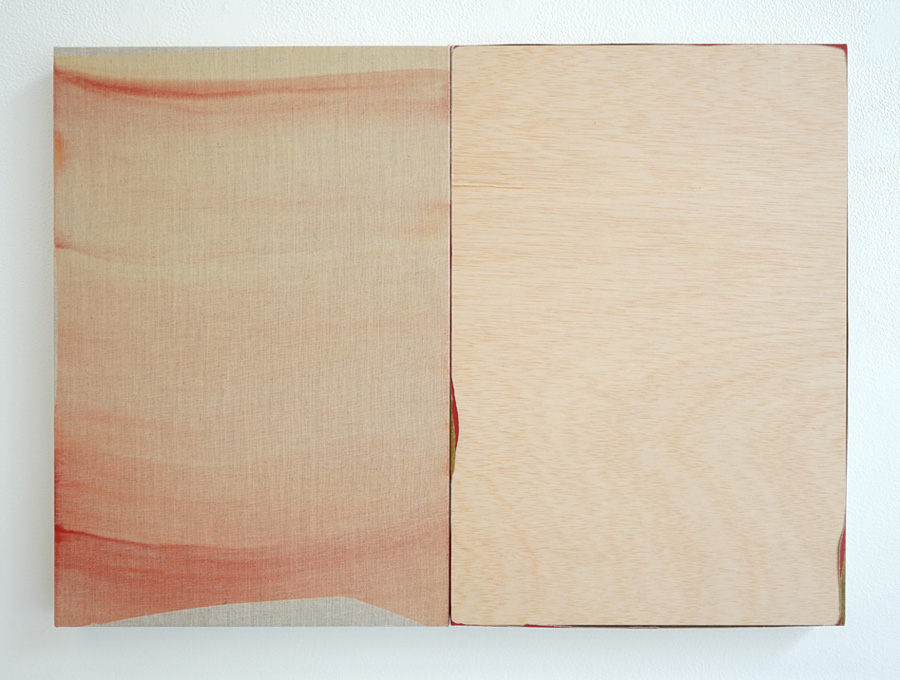
Nico Munuera
Margo Terminus
2017
acrylic on linen on wood
19.7 by 26.75 in. (50 by 68 cm)
comprised of two individual sections, each approx. 19.7 by 13.4 in. (50 by 34 cm)
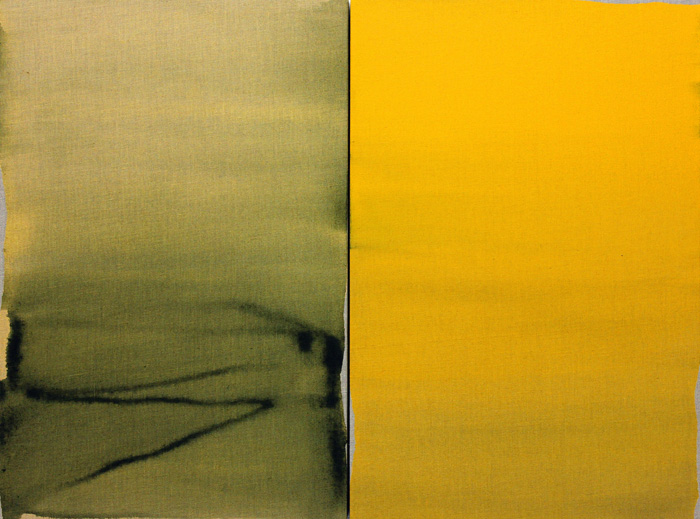
Nico Munuera
Aspicio duo II
2017
acrylic on linen
23.6 by 31.5 in. (60 by 80 cm)
comprised of two individual sections, each approx. 23.6 by 15.75 in. (60 by 40 cm)
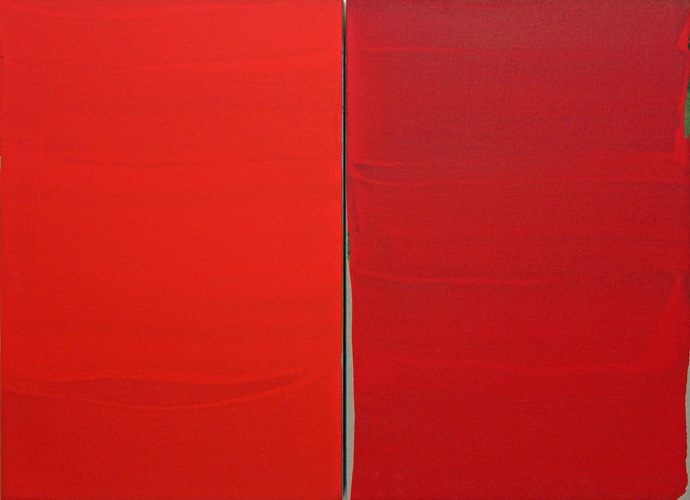
Nico Munuera
Red espectare duo I
2017
acrylic on linen
19.7 by 26.75 in. (50 by 68 cm)
comprised of two individual sections, each approx. 19.7 by 13.4 in. (50 by 34 cm)
private collection Berlin, Germany
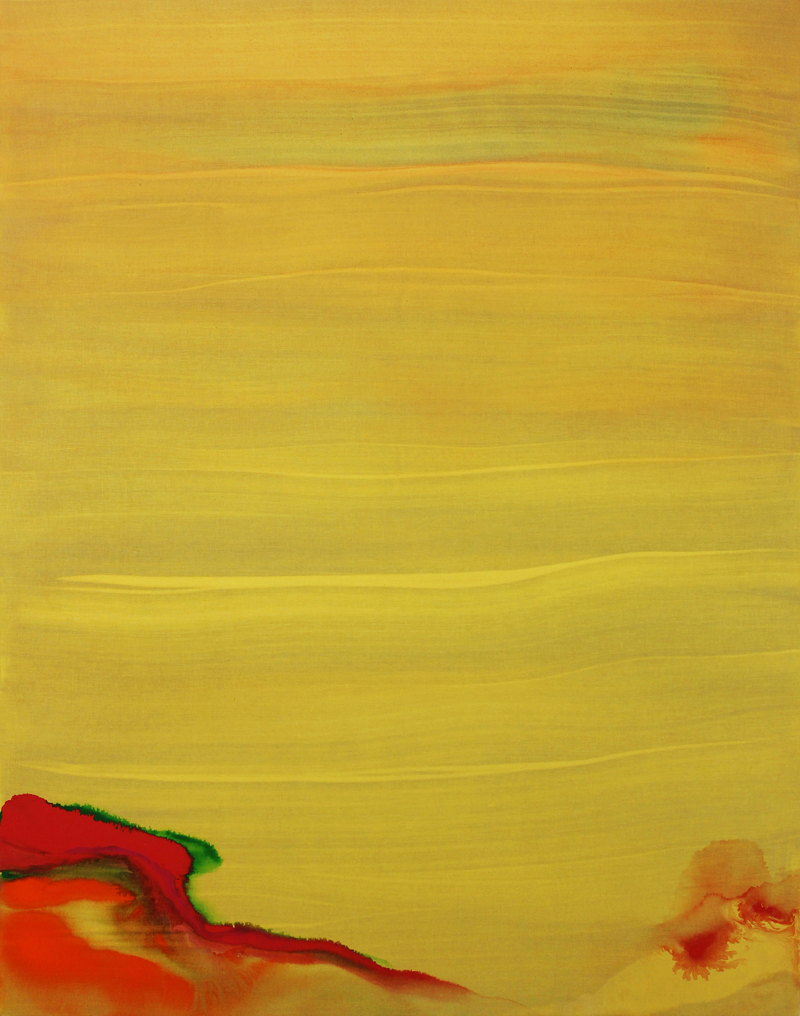
Nico Munuera
Boneless 001
2016
acrylic on linen
74.8 by 59 in. (190 by 150 cm)
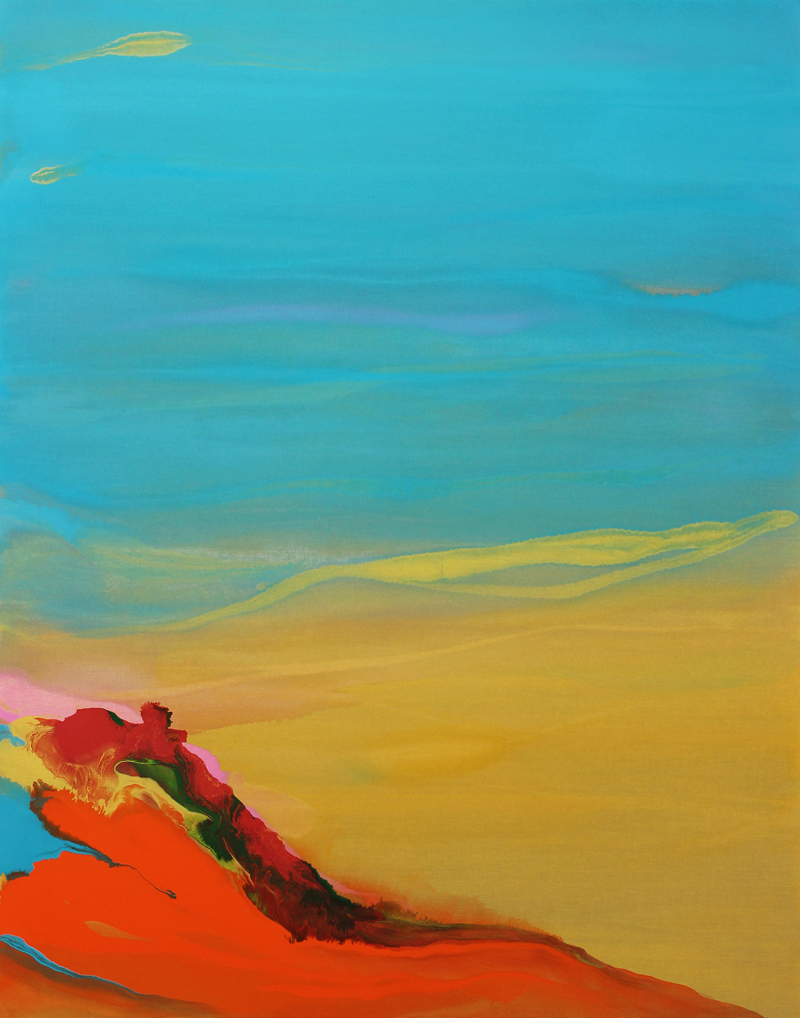
Nico Munuera
Boneless 005
2016
acrylic on linen
74.8 by 59 in. (190 by 150 cm)
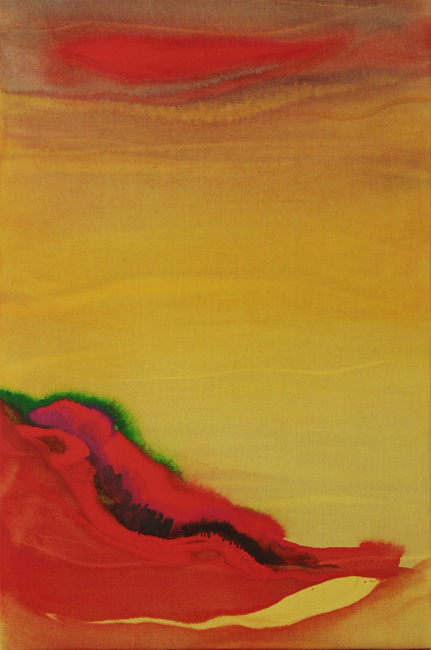
Nico Munuera
Fusuma Color 001
2016
acrylic on linen
35.4 by 23.6 in. (90 by 60 cm)
